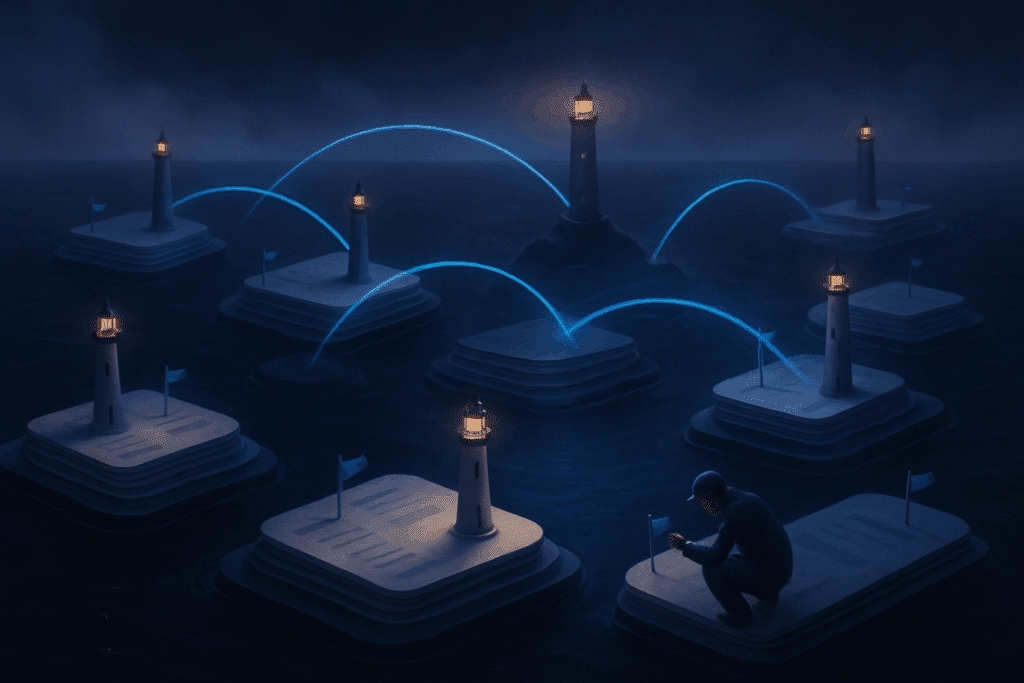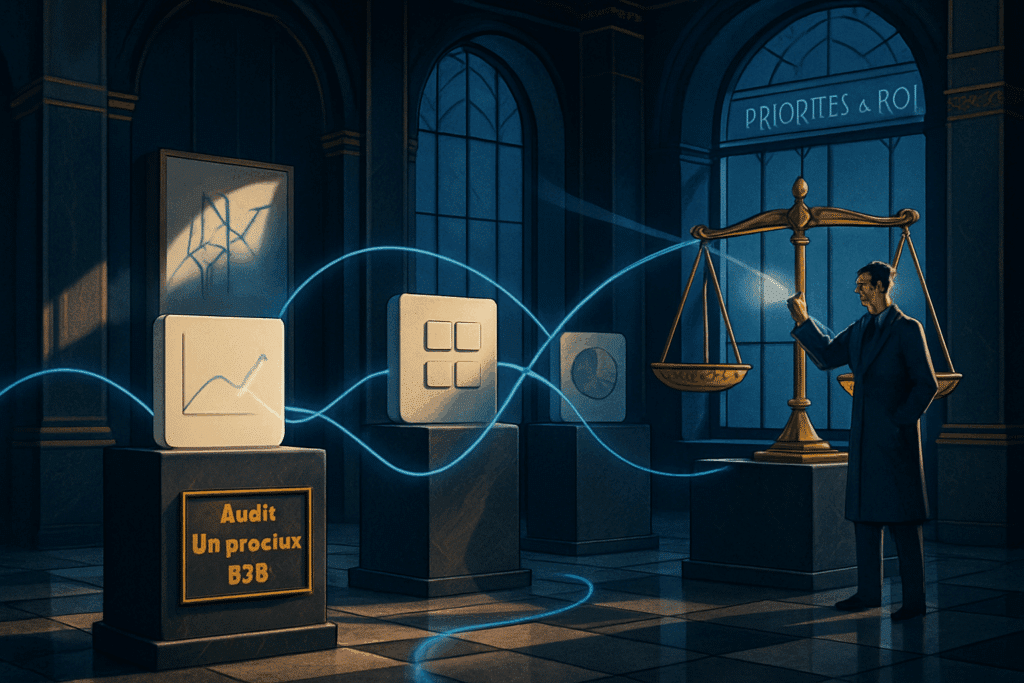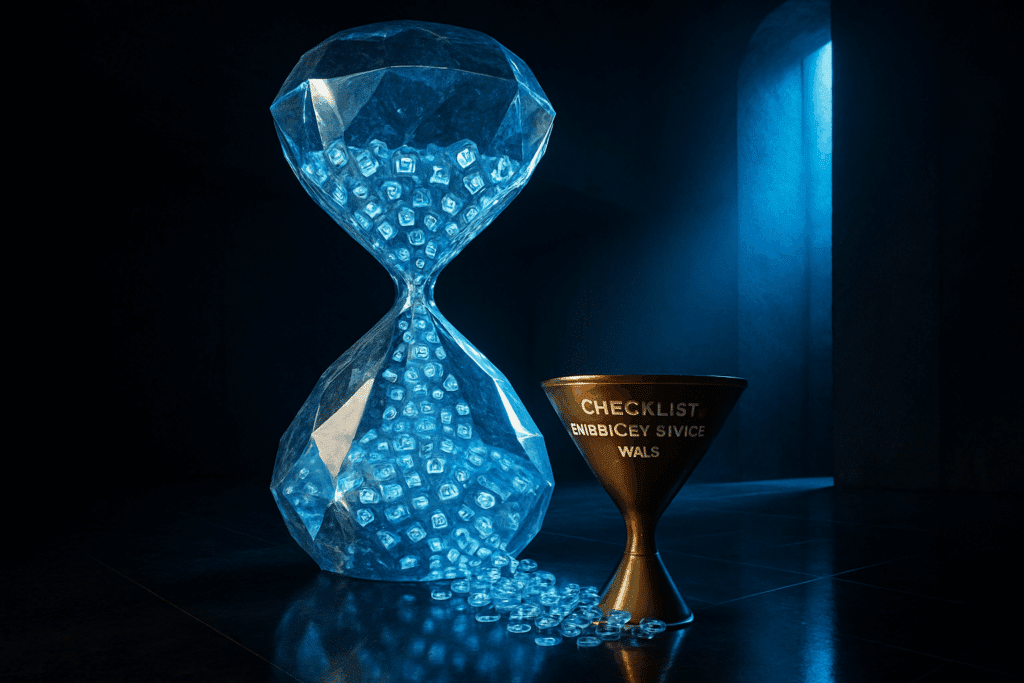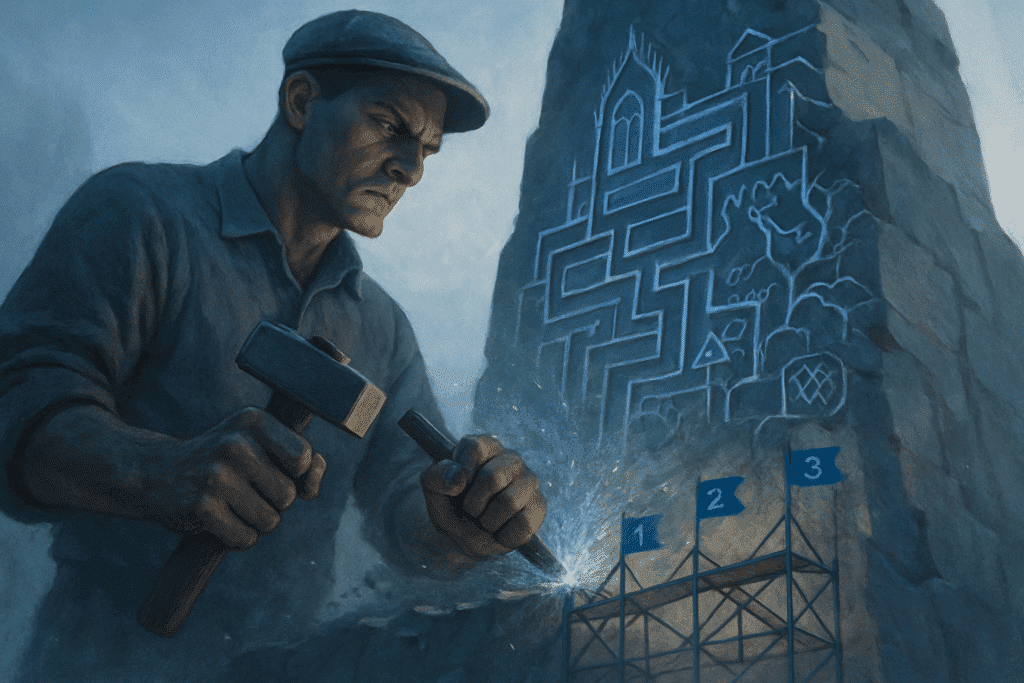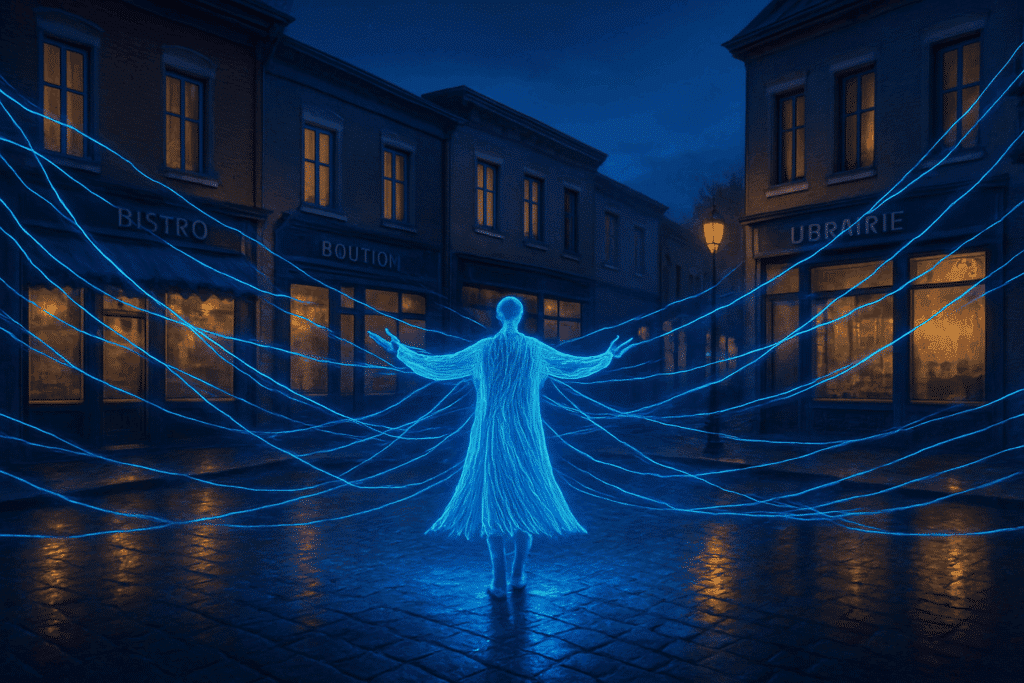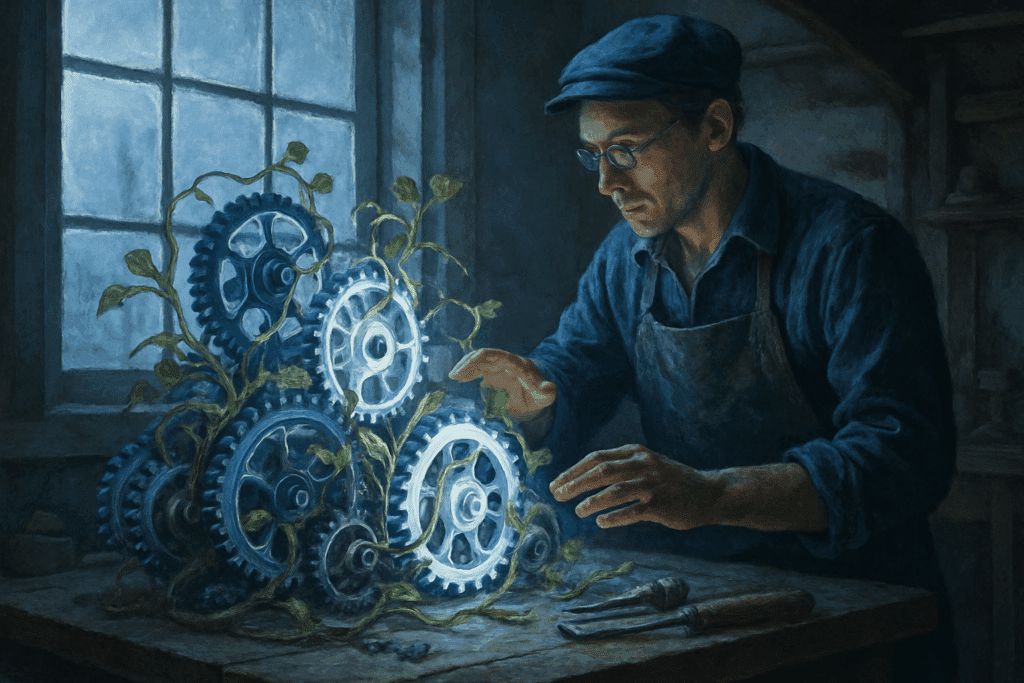For a service business, time is the most valuable resource. Yet, how many hours are lost each week chasing leads, sending follow-up emails one by one, and trying to qualify potential clients who may not be ready to buy?
Imagine a system that would handle all of this for you. A model employee who works 24/7, without ever getting tired, to attract potential clients, build a relationship of trust with them, and guide them to booking appointments in your calendar. This system exists: it’s the automated sales funnel.
Far from being a complex technological gadget, it is a structured method to guide a lead from initial awareness to the purchasing decision, all automatically. Here’s how it breaks down, step by step.
Step 1: Capture – Attracting Attention and Obtaining Contact Information
It all starts with attracting the attention of your target clientele. A sales funnel cannot function without traffic. This first step involves offering something of value in exchange for a visitor’s email address.
For a service business, this “lead magnet” (or lead magnet) can be:
- A free PDF guide (“5 mistakes to avoid when…”)
- A practical checklist
- Access to a pre-recorded webinar
- A free 15-minute consultation
You promote this magnet via your marketing channels (Meta or Google ads, social media posts, etc.). The interested visitor lands on a simple landing page (landing page), enters their email, and the funnel is activated.
Step 2: Qualification and Education – Building Trust Automatically
Once you have the contact, the nurturing phase begins. This is where the magic of automation happens. The lead automatically enters a pre-written email sequence.
This series of 3 to 5 emails, sent a few days apart, is not aggressive advertising. Its purpose is to:
- Provide value: Share useful advice and demonstrate your expertise.
- Educate the lead: Help them better understand their own problem and how your services can solve it.
- Build trust: Present testimonials, case studies, and show the human side of your business.
This stage of
lead nurturing (lead maturation) is crucial. It filters out the merely curious and warms up genuinely interested leads, ensuring that when they speak with you, they will already be convinced of your expertise.
Step 3: Conversion – Prompting Action at the Right Time
At the end of your email sequence, once trust is established, comes the main call to action. For a service business, this usually involves an invitation to schedule a meeting, a consultation, or a request for a quote.
And this step is also automated. Rather than engaging in an email back-and-forth to find availability, you insert a link to a scheduling tool (like Calendly). The lead chooses a time slot in your calendar themselves. The meeting is booked, reminders are sent automatically, and all you have to do is show up for the call.
Step 4: Follow-up – Never Let a Lead “Go Cold”
What happens if a lead has opened all your emails but hasn’t booked an appointment? A manual system would probably forget them. An automated system, never.
You can set up follow-up automations that trigger if no action is taken. For example:
- A week later, a personalized reminder email is sent.
- The lead can be added to a longer-term newsletter to keep them engaged.
- They can be targeted by a specific advertising campaign (retargeting).
The system continues to work in the background, maximizing every opportunity.
Conclusion: your Autonomous Growth Engine
A well-built automated sales funnel is much more than a simple marketing tactic. It is a true asset for your business. It structures your sales process, ensures a consistent experience for every lead, and most importantly, it frees up valuable time for you to focus on what you do best: serving your clients.

